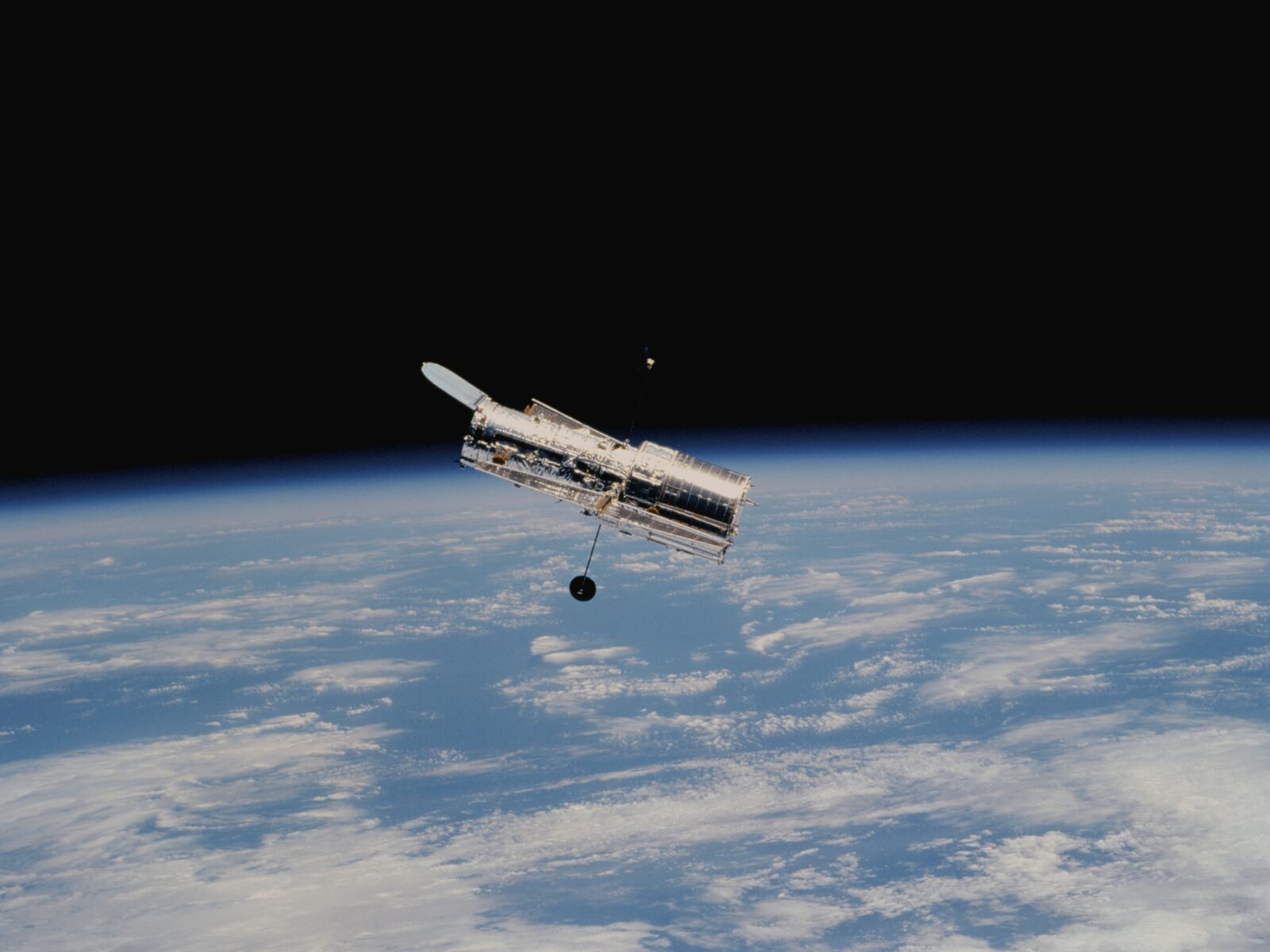Many people thought that along with the launch of the James Webb Space Telescope (JWST) of NASA, the good old Hubble wouldn’t be needed anymore. But it seems that once again, astronomy is surprising in every possible way.
Hubble is the “toy” that astronomers used in order to find the most distant star ever detected. Or it could be a pair of stars. Either way, the structure is located at a tremendous distance from us so far that the light emitted by it left only about 900 million years after the Big Bang.
Earendel (WHL0137-LS,) enters the spotlight
Earendel (or WHL0137-LS, by its official name) is the star or pair of stars in question, according to The Verge. Earendel is located in the galaxy known as the Sunrise arc and at a staggering distance of 12.8 billion light-years away from Earth. Earendel is also 8.2 billion years older than our Sun.
Brian Welch, an astronomer from Johns Hopkins University and the lead author behind the new study, explained as The Verge quotes:
With distant objects, we are seeing into the universe’s past and into a time when the universe looked very different than it does today,
We know that galaxies look different at this early time, and we know that there have been relatively few generations of stars that came before.
The same scientist also said, as the same publication quotes:
I was creating a model of the lensing effects of the galaxy cluster, with the goal of measuring the magnification of the Sunrise Arc,
The models kept predicting that this one bright point on the arc should have an extremely high magnification.
Perhaps in the next decades, astronomers will discover other stars that are even farther away than Earendel.
The new study was published in Nature.












Leave a Reply